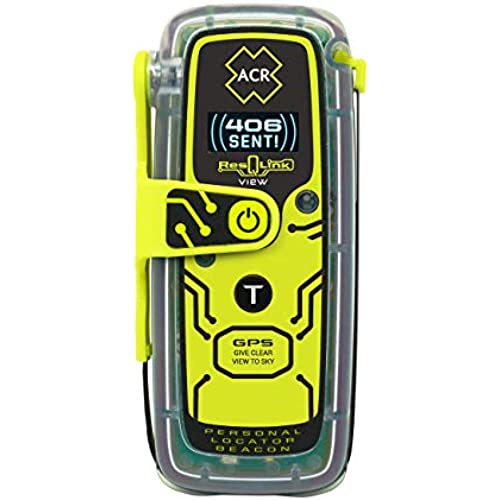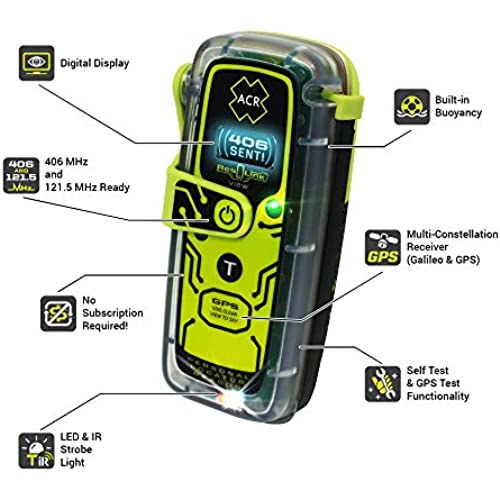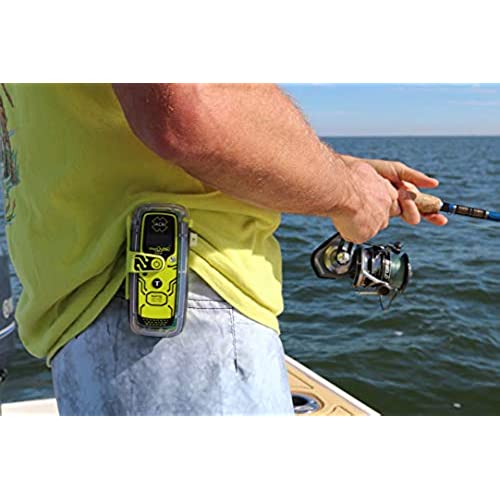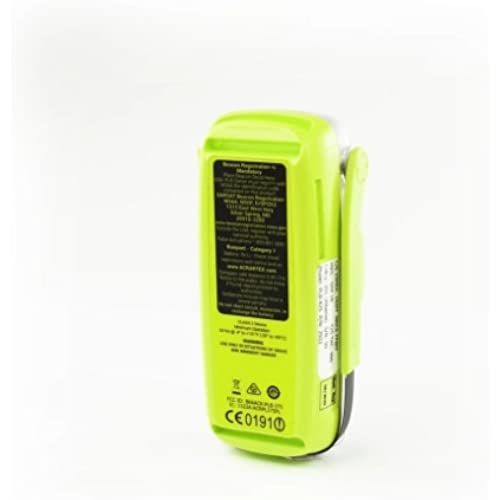













ACR ResQLink View - Buoyant Personal Locator Beacon with GPS for Hiking, Boating and All Outdoor Adventures (Model PLB 425) ACR 2922
-

CLAUDE T.
> 3 dayThis device is a “must have” safety device for outdoor remote travel and boaters.
-

Adriel Schuppe
> 3 dayGreat product
-

David G
Greater than one weekI needed something for international travel. This works with NOAA sats.
-

Jayda Buckridge
> 3 dayThe company in the UK provided me with a device that cant be registered in canada. If I had a medical issue on the water or in the Bush I would have probably died. I should sue them. Extremely disappointed
-

Eric Chan
> 3 dayeasy to use
-

william cress
> 3 dayHaven’t needed it yet hope to never buy gives awesome peace of mind. Battery is good till 2026 easy to register and now I have it tied into my life jacket. I go offshore kayak fishing and needed a little more protection. I will update if I ever have to use it I looked and looked and didn’t see one but their website had tons.
-

Tog God
05-06-2025A must have hope I never need it
-

Tugboat
> 3 dayNice and compact, good peace of mind for the price
-

CPR LifeLine
Greater than one weekGood
-

Randy E. Bonds
07-06-2025This bag is heavy duty and will last

